
Neuromarketing Researcher Specialist - Neuromarketing Insights

Welcome to neuromarketing insights and strategies!
Unlock Consumer Insights with AI-Powered Neuromarketing
Explore the impact of neuromarketing techniques on consumer behavior by
Analyze the cross-cultural differences in neuromarketing responses to
Investigate how neuromarketing can enhance product development by
Utilize neuromarketing insights to optimize advertising campaigns through
Get Embed Code
Introduction to Neuromarketing Researcher Specialist
The Neuromarketing Researcher Specialist is designed to provide comprehensive insights into the field of neuromarketing, blending neuroscience with marketing to understand consumer behavior and decision-making processes. It focuses on applying neuroscience techniques like eye-tracking, facial coding, EEG, and fMRI to measure subconscious reactions to marketing stimuli. This approach helps in unraveling the psychological and biological underpinnings of consumer choices and preferences. For instance, by analyzing how different colors used in advertising can affect emotional response and brand perception, or how product placement impacts subconscious buying decisions. Powered by ChatGPT-4o。

Main Functions of Neuromarketing Researcher Specialist
Design and Conduct Neuromarketing Studies
Example
Using EEG to measure brain waves and responses to advertising stimuli.
Scenario
A company might use this function to determine which version of a commercial elicits the strongest emotional connection with the audience, guiding the final selection of the advertisement.
Cross-Cultural Neuromarketing Analysis
Example
Investigating how cultural background influences response to marketing campaigns.
Scenario
This can be applied by global brands to tailor their marketing strategies in different regions, ensuring cultural sensitivity and resonance with local audiences.
Behavioral Economics Integration
Example
Analyzing decision-making processes and consumer biases.
Scenario
Marketers might use this to create campaigns that effectively nudge consumers towards desired behaviors or purchases, leveraging known biases like the scarcity effect.
Neuromarketing for Product Development
Example
Utilizing sensory analysis to enhance product appeal.
Scenario
A food company may explore how different textures or flavors affect pleasure centers in the brain, leading to the development of products that are more likely to be enjoyed and repurchased.
Neuromarketing for Brand Perception
Example
Measuring the emotional impact of brand elements.
Scenario
This function can help a company understand how its logo, slogan, or overall brand aesthetic influences consumer loyalty and perception, aiding in the refinement of brand strategy.
Ideal Users of Neuromarketing Researcher Specialist Services
Marketing Professionals
Individuals or teams responsible for creating and implementing marketing strategies who can use neuromarketing insights to refine advertising campaigns, product design, and overall brand messaging for enhanced consumer engagement.
Product Developers
Professionals involved in designing and developing new products who benefit from understanding the sensory, emotional, and cognitive factors that drive consumer preference, leading to innovations that better meet market demands.
Brand Strategists
Specialists focused on crafting and maintaining brand identity and loyalty who can leverage neuromarketing to measure and improve the emotional impact of their brands on consumers.
Consumer Behavior Researchers
Academics and market researchers interested in the underlying psychological and neurophysiological mechanisms of consumer decisions, aiming to contribute to the body of knowledge in consumer behavior and marketing effectiveness.

How to Use Neuromarketing Researcher Specialist
1
Start with a free trial by visiting a designated platform, no login or premium subscription required.
2
Identify your neuromarketing research goals, such as understanding consumer behavior or optimizing marketing strategies.
3
Choose the neuromarketing tools and techniques relevant to your study, such as eye-tracking, EEG, or facial coding.
4
Analyze the data collected from your neuromarketing studies to gain insights into consumer responses and decision-making processes.
5
Apply the insights to inform marketing strategies, product development, or customer experience enhancements.
Try other advanced and practical GPTs
Africa Legal Navigator
Navigating African Law with AI

Harvey Spectre
Empowering legal and financial decisions with AI

ÓmnibusGPT
Simplifying Argentinian Law with AI

Learning To Live With Myself meaning?
Empower your journey towards self-understanding with AI.

Palette Swap
Transform colors, empower creativity
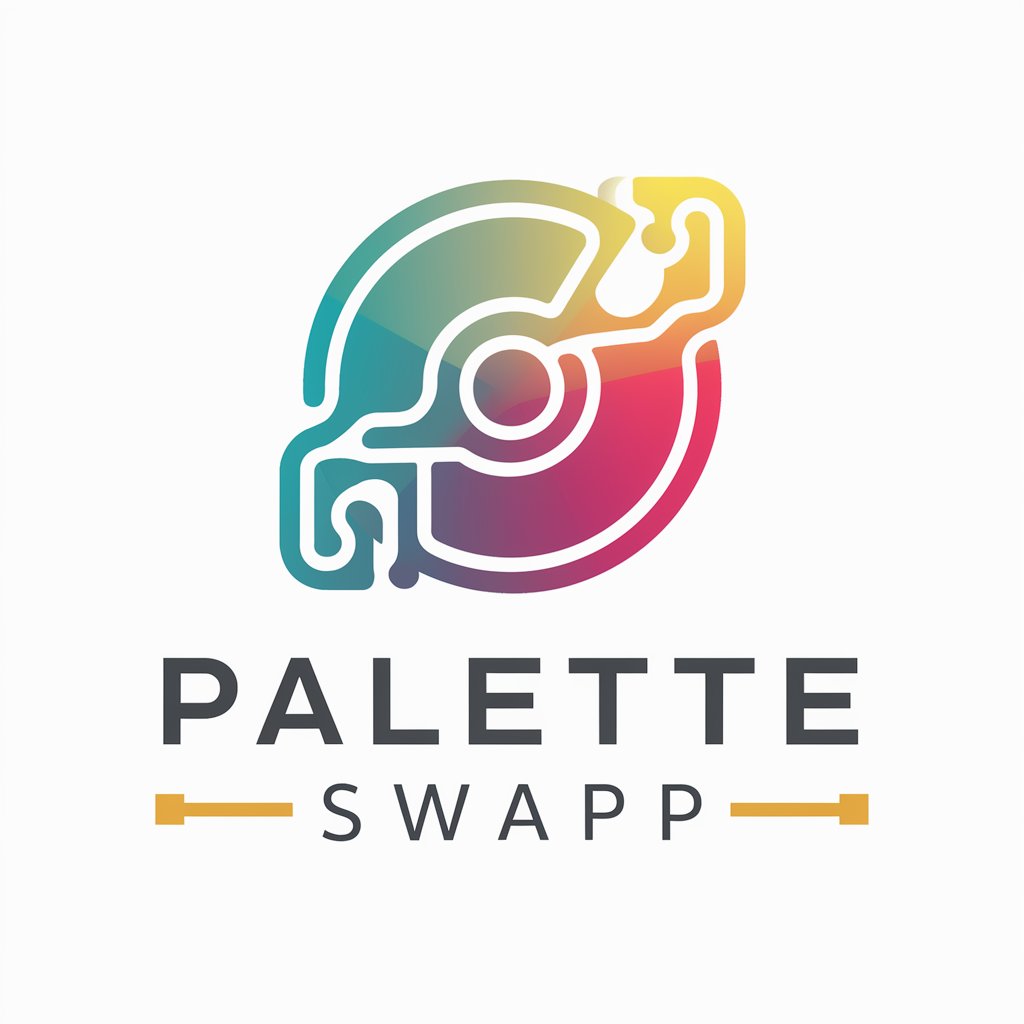
Markdown to Textile Converter
Seamlessly Convert Markdown to Textile with AI
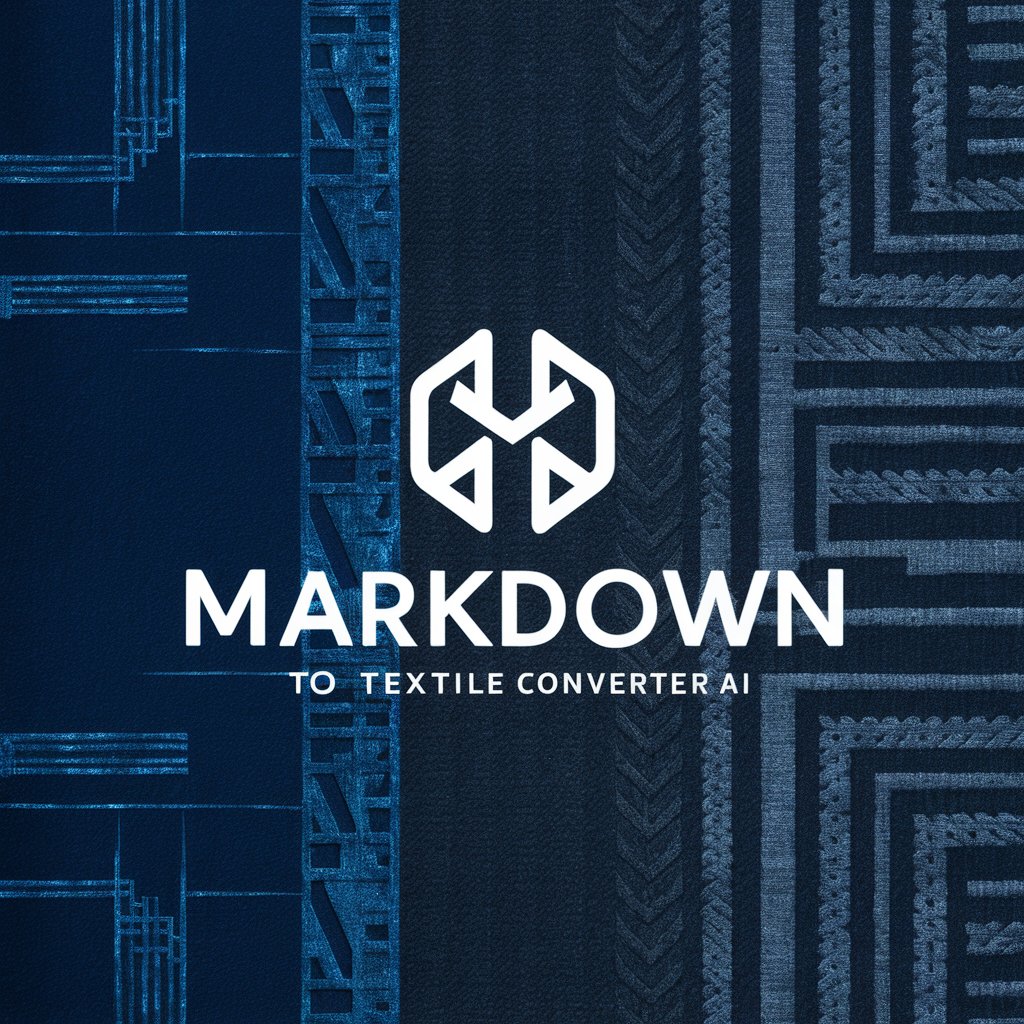
Arnette's Inspector Assistant Pro
AI-powered Weld Inspection Expertise

CodeStream CRE Mentor
Empower your CRE marketing with AI-driven coding education.

YuleTidy, the Festive Planner
Streamline your holiday planning with AI

Python 3.11 Tutor
Master Python 3.11 with AI-Powered Guidance
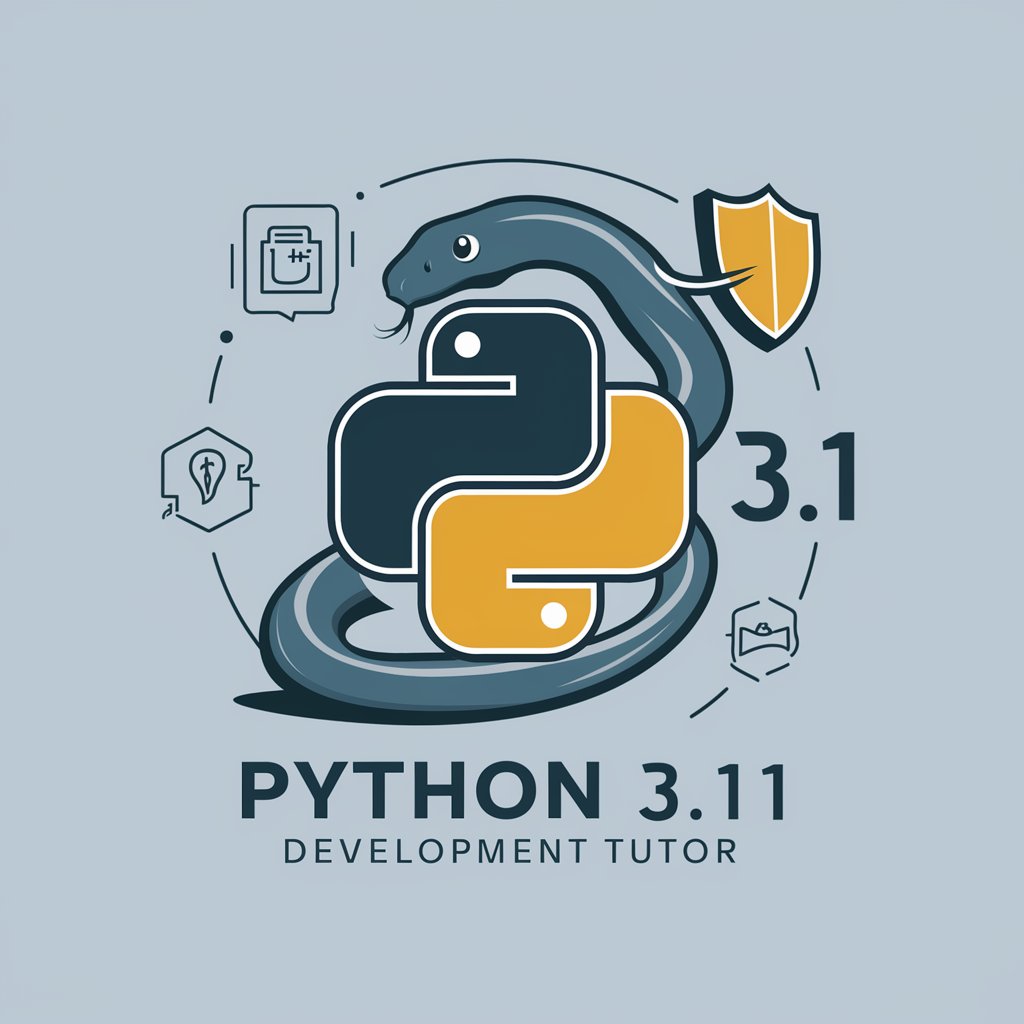
SwiftUI Sidekick
Empowering SwiftUI Development with AI-Powered Assistance
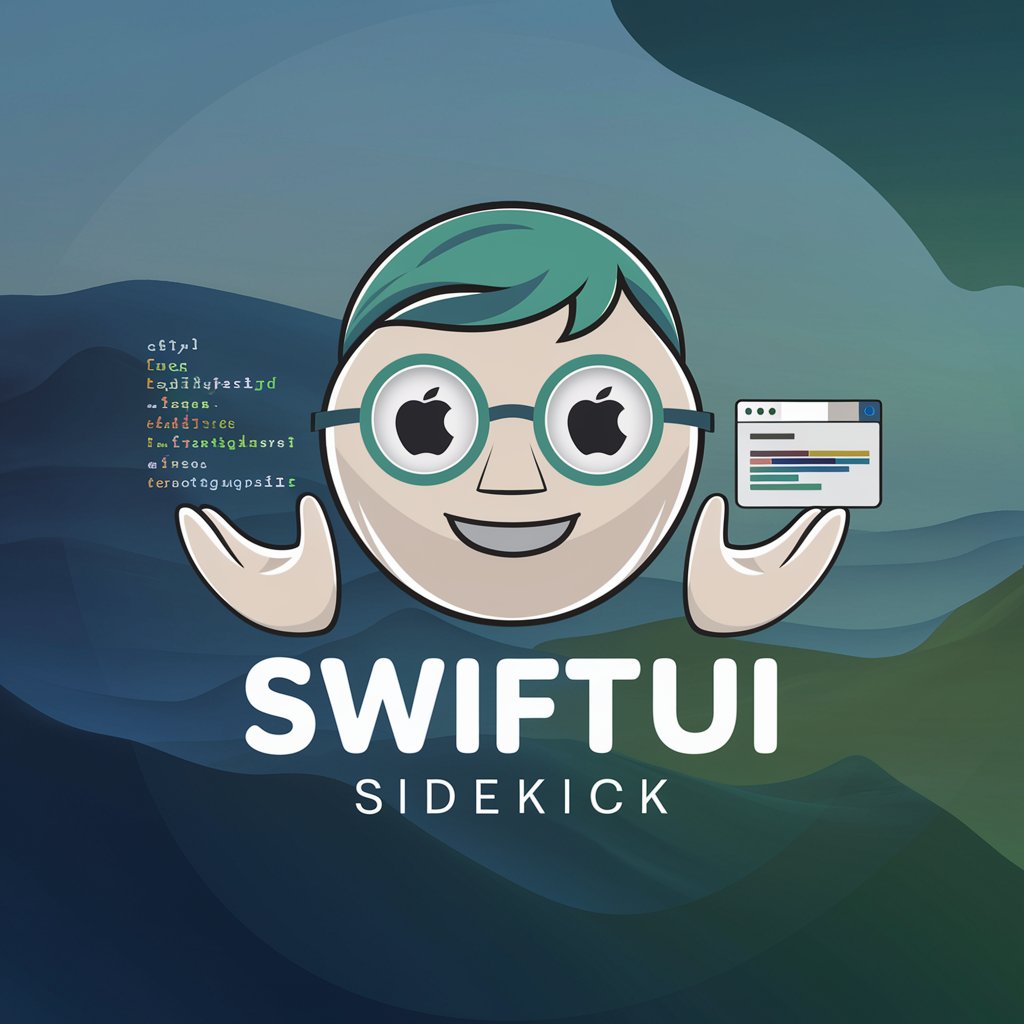
GptOracle | The Sage of Serenity
Your AI-powered guide to inner peace
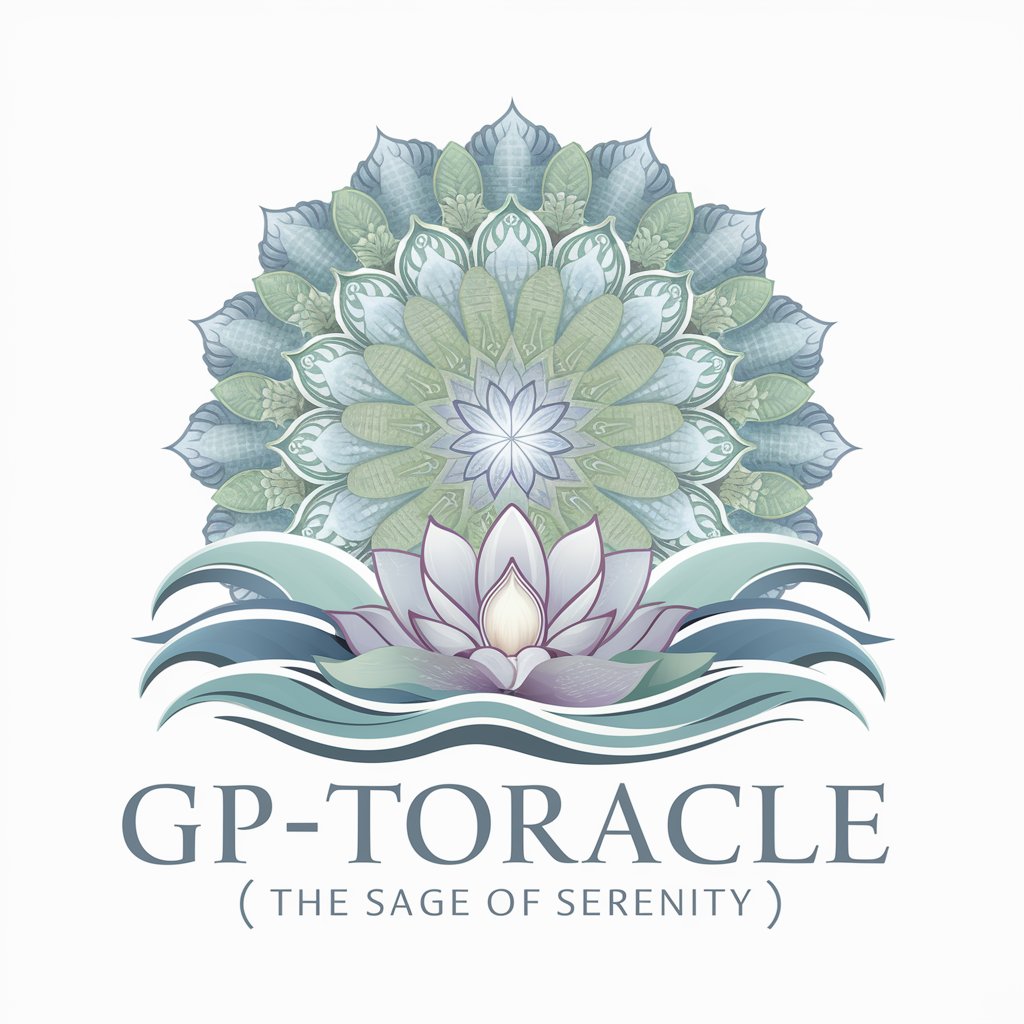
Neuromarketing Researcher Specialist Q&A
What is Neuromarketing Researcher Specialist?
A specialized tool designed to provide insights into consumer behavior by applying neuroscience to marketing research. It uses techniques like eye-tracking and EEG to measure subconscious reactions to marketing stimuli.
How can Neuromarketing Researcher Specialist improve marketing strategies?
By providing data on subconscious consumer reactions, it helps marketers refine advertising, product design, and overall strategy to better align with consumer preferences and behaviors.
What techniques does Neuromarketing Researcher Specialist employ?
It utilizes a variety of neuroscience tools, including eye-tracking, facial coding, EEG, and fMRI, to analyze consumer responses to marketing stimuli.
Can Neuromarketing Researcher Specialist be used for product development?
Yes, it can identify the sensory, emotional, and cognitive factors that influence consumer preferences, aiding in the creation of products that resonate more deeply with target audiences.
What ethical considerations are involved in using Neuromarketing Researcher Specialist?
It emphasizes responsible use of neuromarketing tools, ensuring consumer privacy and consent, and aims to avoid manipulative practices, focusing instead on enhancing user experience and satisfaction.